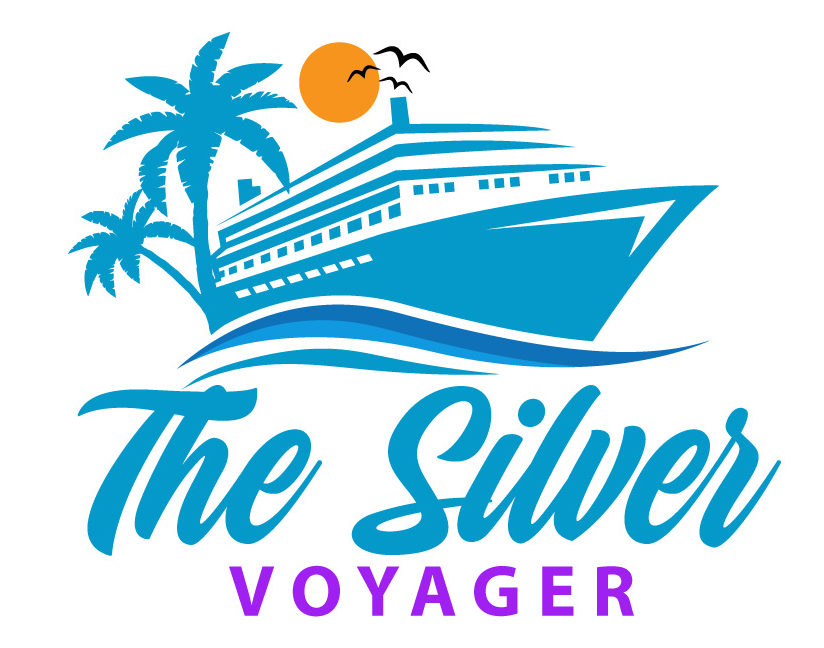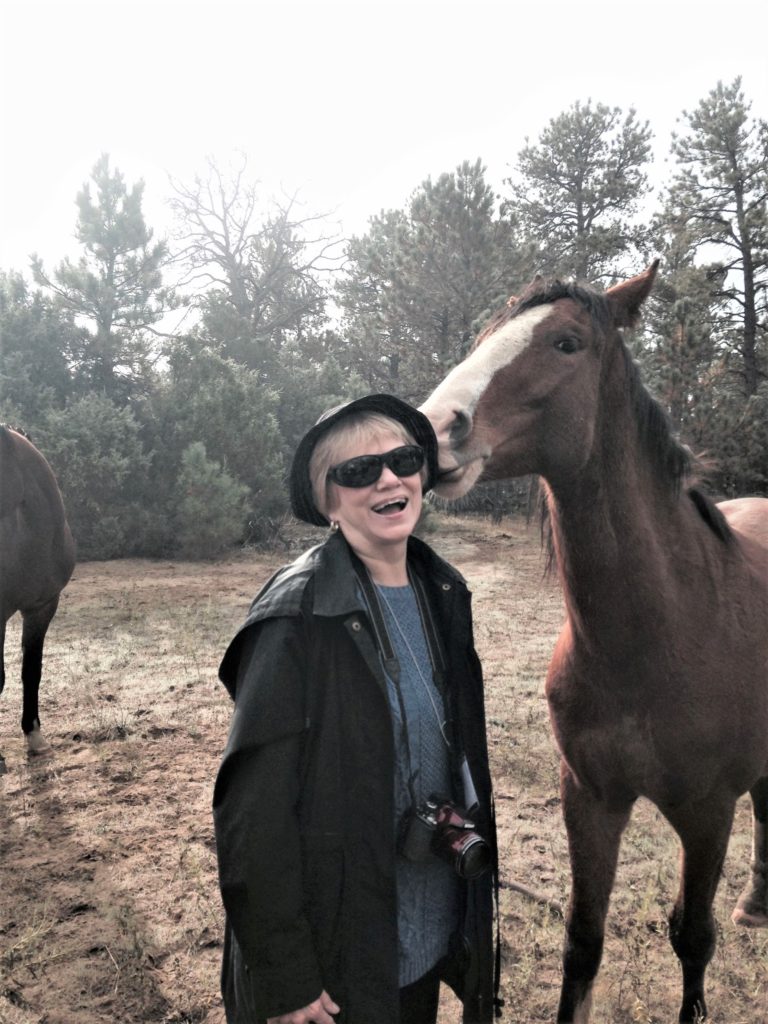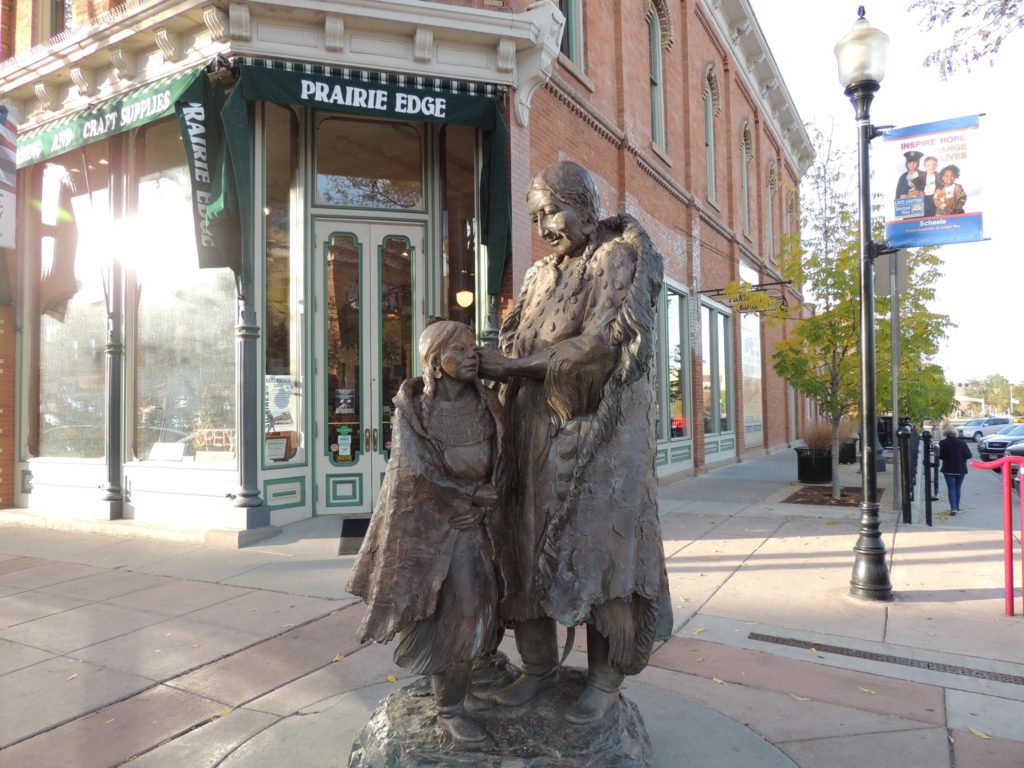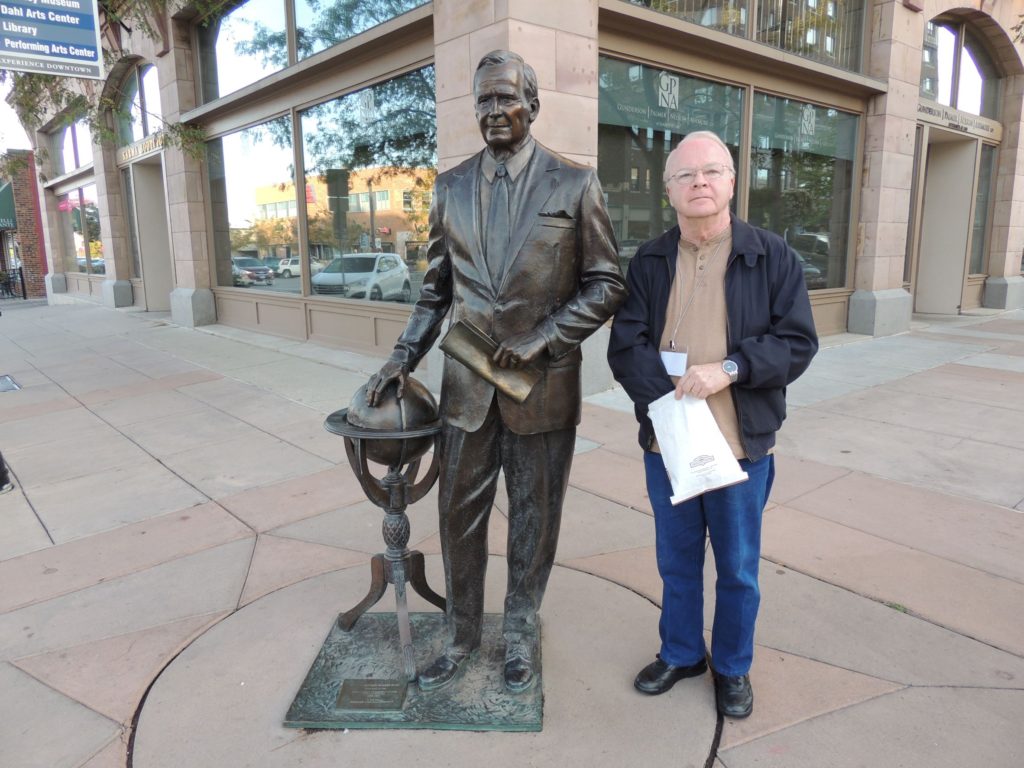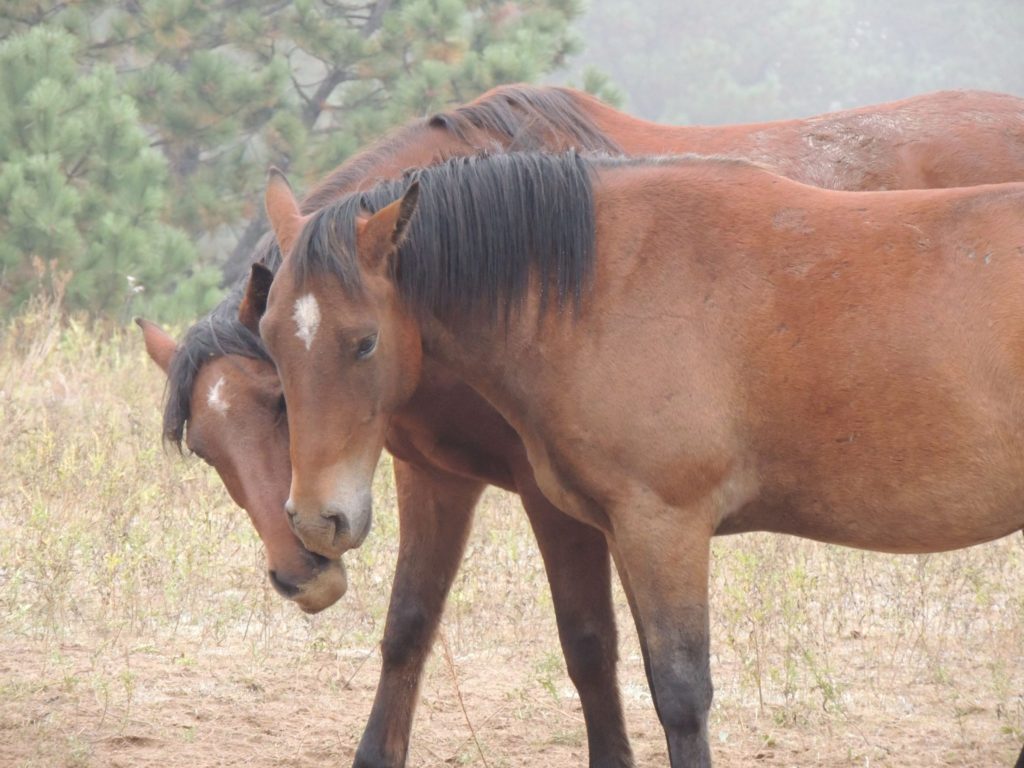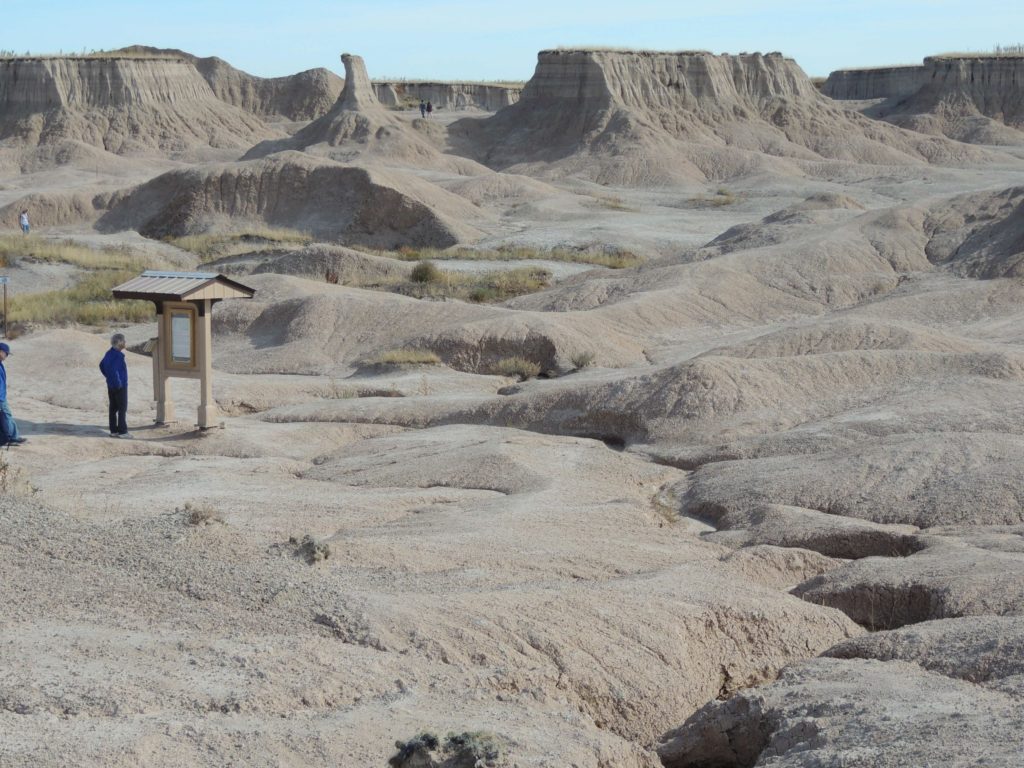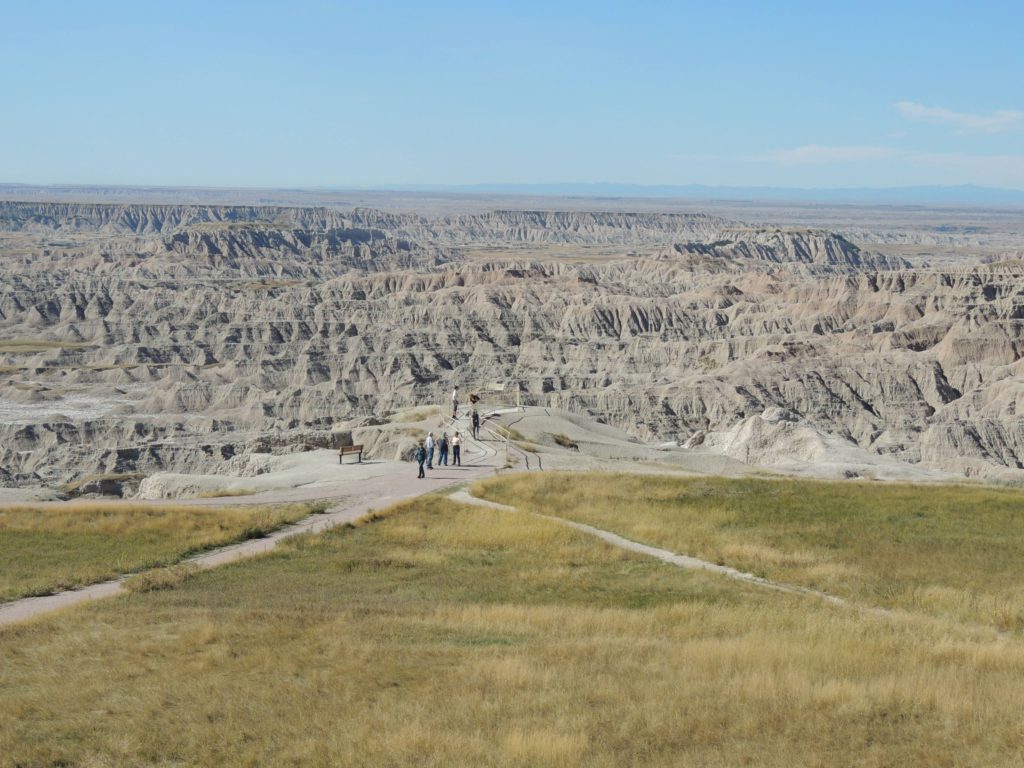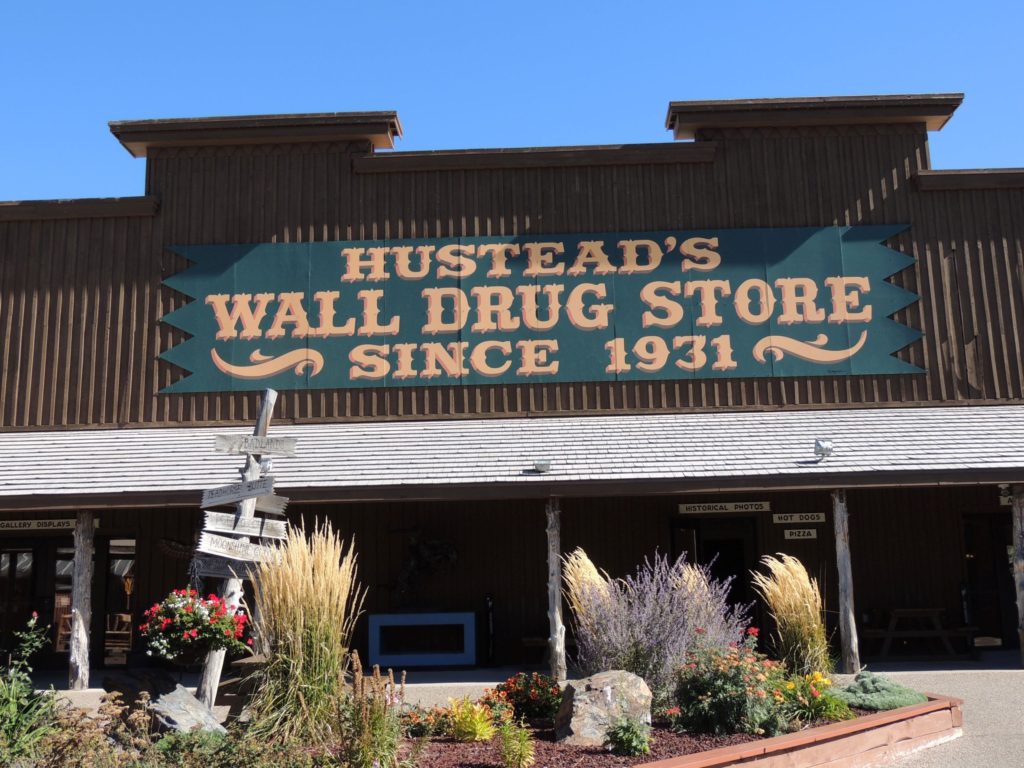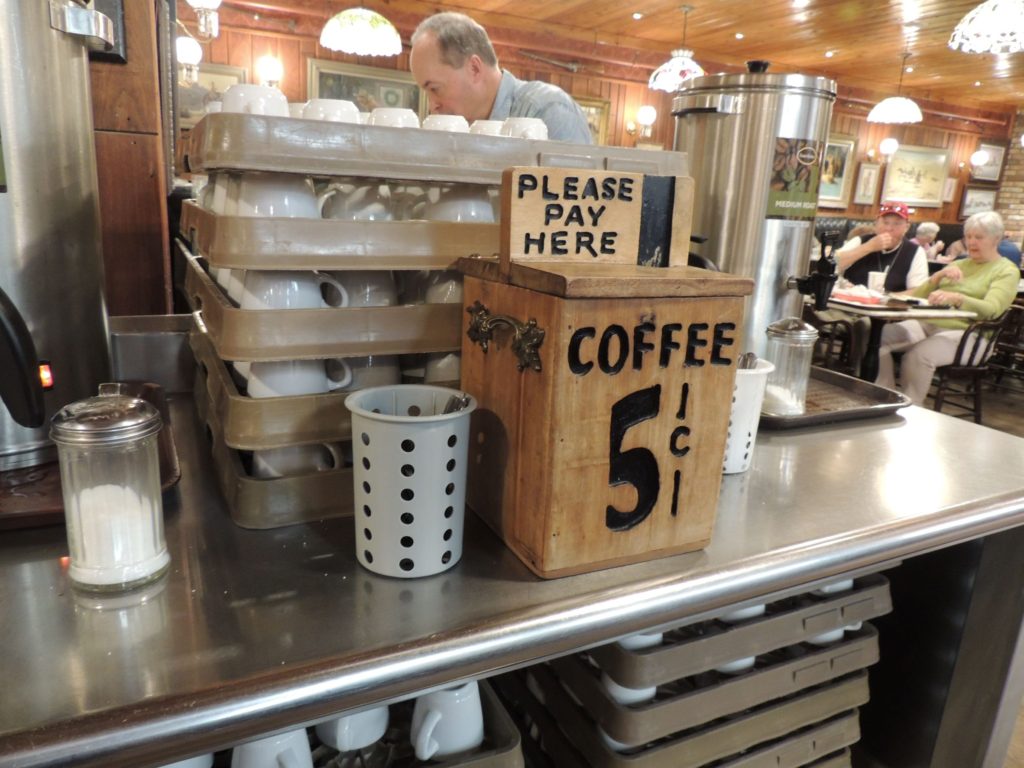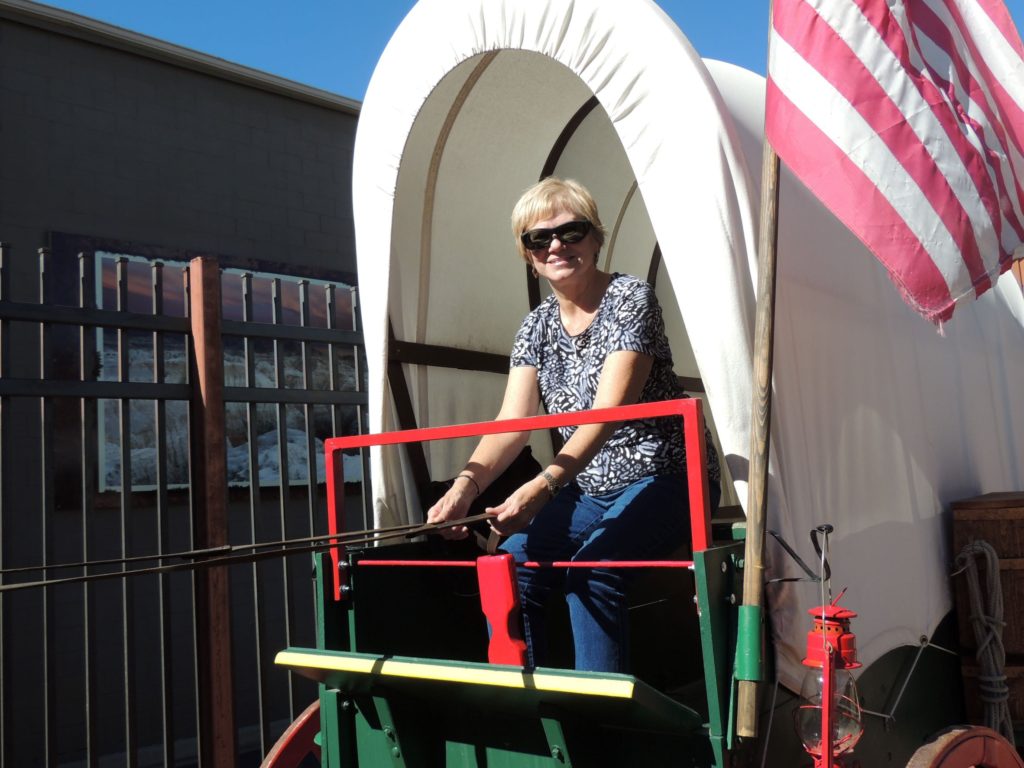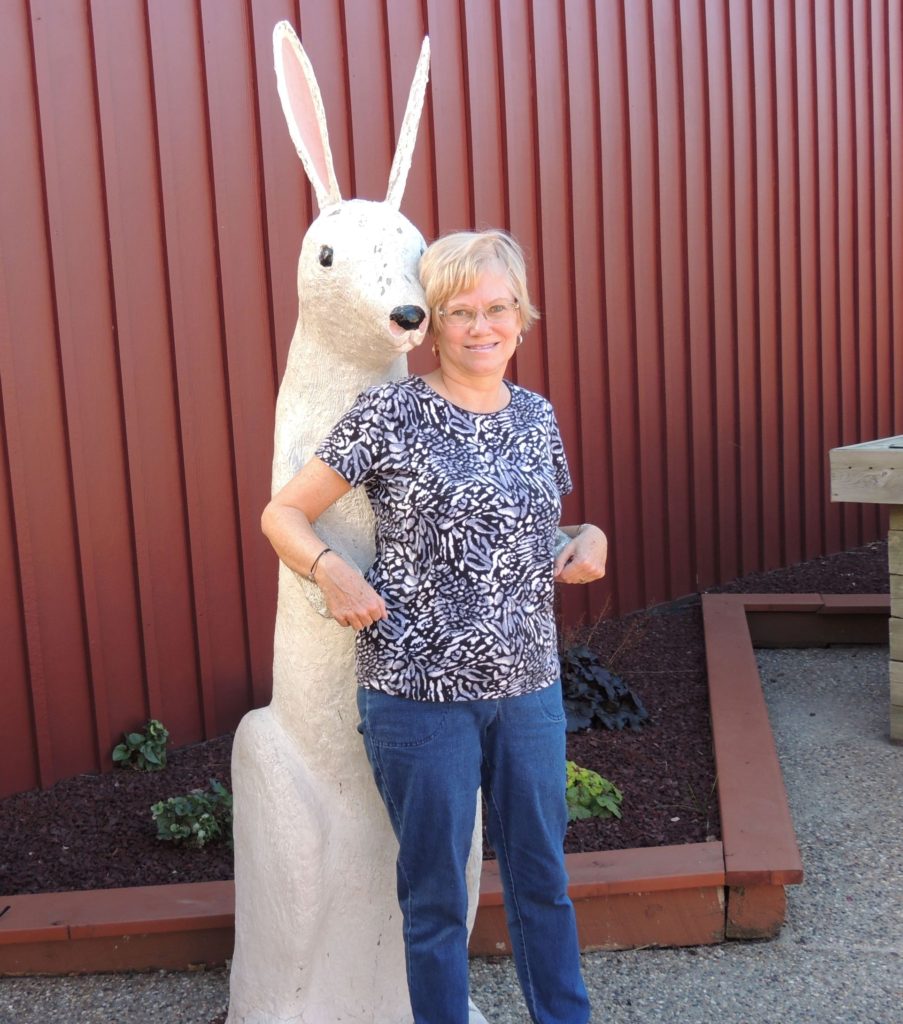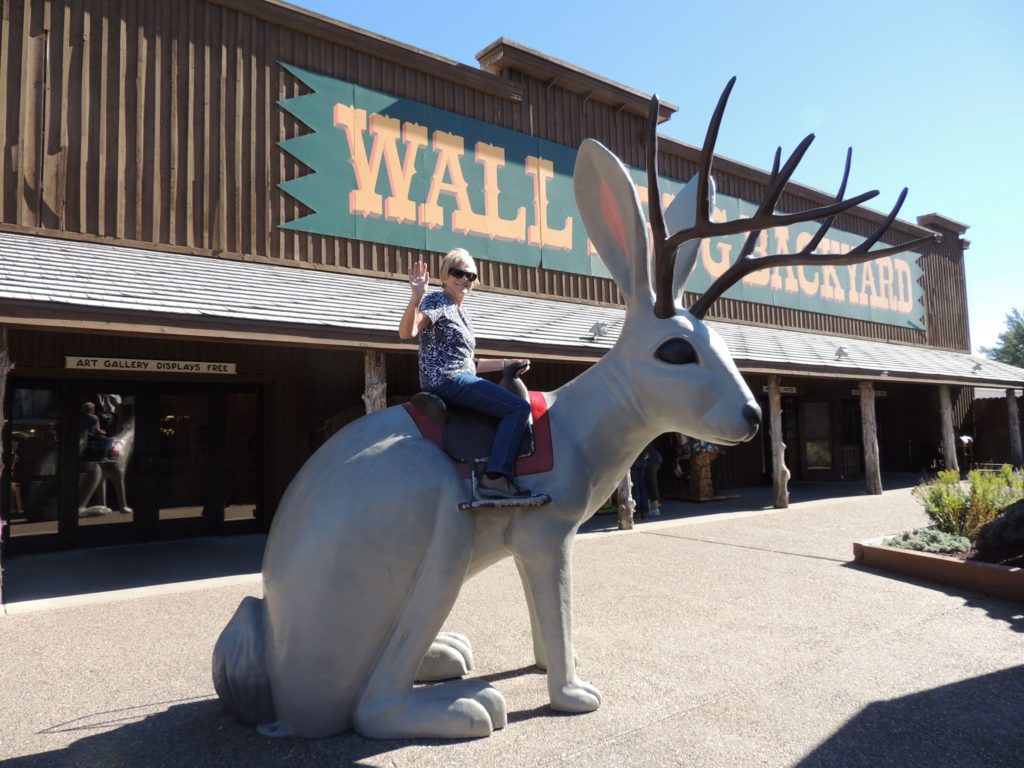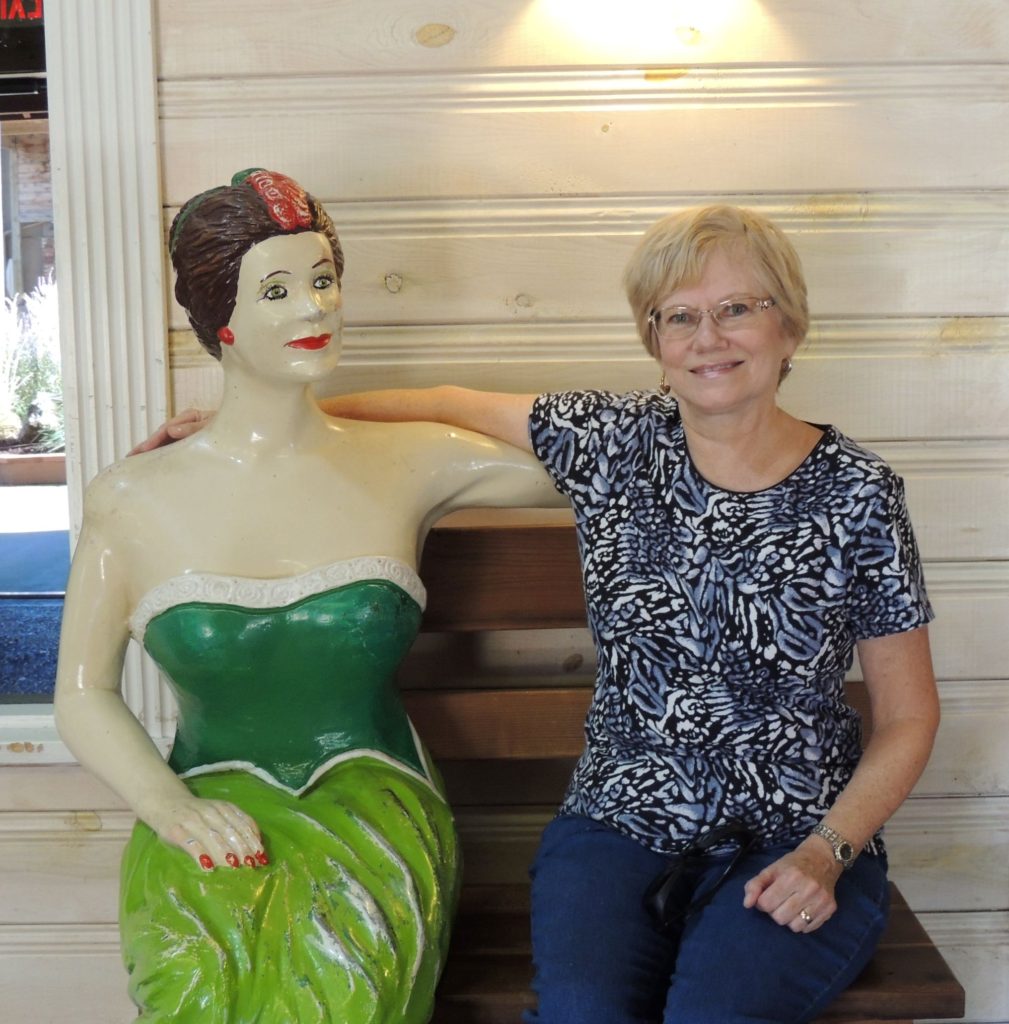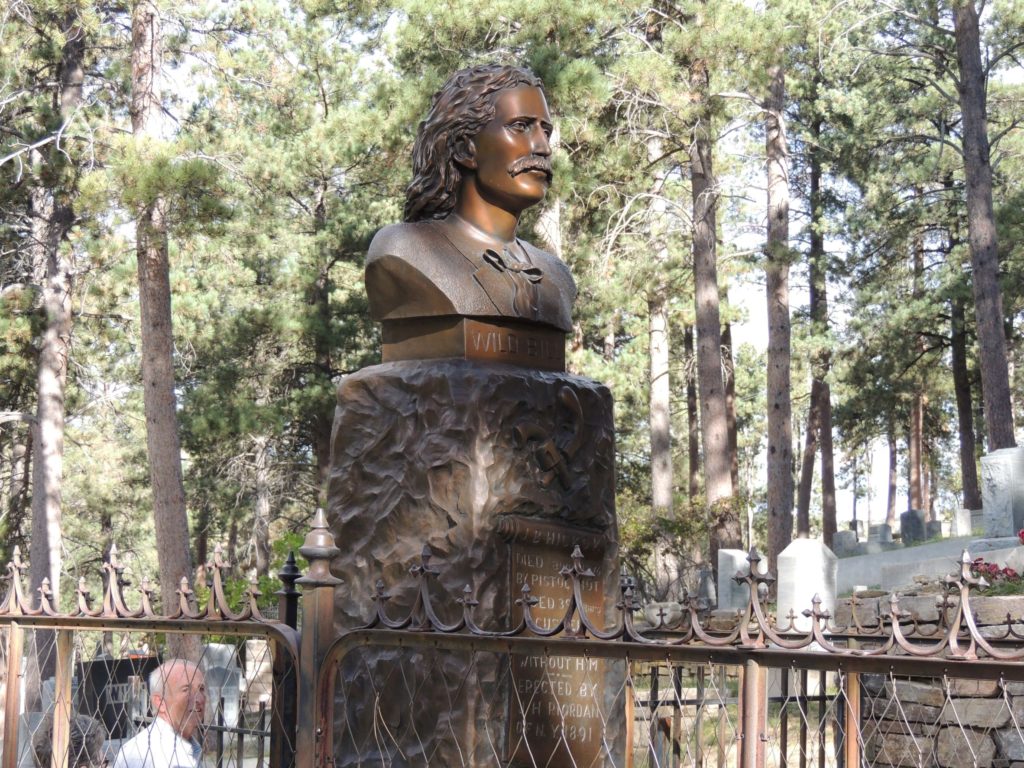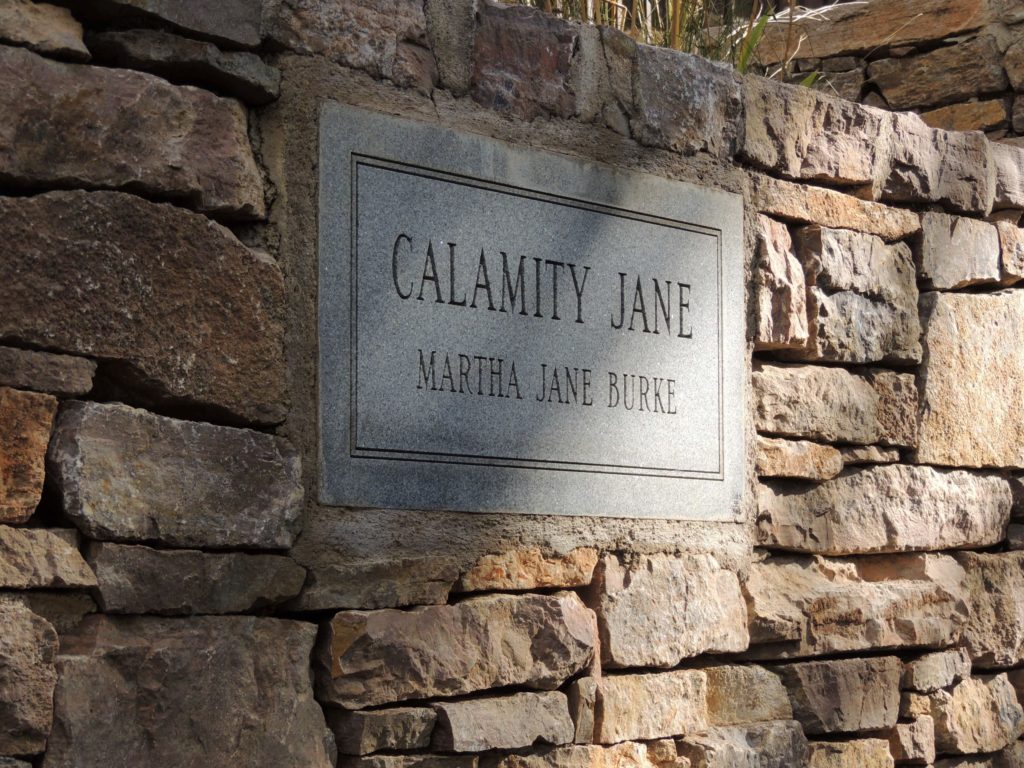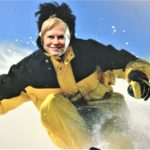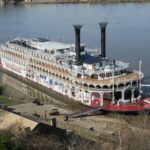Is South Dakota on your Bucket List? It should be. Natural beauty fills the state plus it is an educational gem and lots of fun, too.
When you think of South Dakota what is the first thing that comes to mind? Mt. Rushmore? Right! South Dakota is the Mt. Rushmore state. But there is so much more! Badlands, Crazy Horse, Deadwood, Custer State Park, etc.
I picked the Collette South Dakota Spotlight Tour because we stayed in only one hotel, the Hilton Garden Inn in Rapid City. Every day the tour bus took us to see fascinating sites and every evening we slept in the same hotel. Because of that, we only had to unpack once.
Why South Dakota?
South Dakota contains the spirit of the American West with its legends of the past. A Native American chronicler told us stories of the Lakota and Sioux. The Crazy Horse Memorial, the world’s largest mountain sculpture still in progress is in South Dakota. So is the iconic Mt. Rushmore. The natural beauty of Badlands National Park is unique. Wall Drug Store is fun. Deadwood, the former home of Wild Bill Hickok and Calamity Jane is historical.
We did all this in 7 days and never changed hotels!
Rapid City, South Dakota
Our tour started in Rapid City, SD. It lies east of Black Hills National Forest in western South Dakota. Rapid City is a gateway to Mt. Rushmore, the massive iconic sculpture of four U.S. presidents. Mt. Rushmore is 24 miles from Rapid City. It is known as the “City of Presidents” because of the 42 life-size bronze president statues downtown. The statues, a local highlight, wind along a 10-block loop of downtown streets and sidewalks framed by local boutiques, entertainment venues and restaurants.
Crazy Horse Memorial
The next morning, we headed to the Crazy Horse Memorial where we learned the story of the largest, still-in-progress mountain sculpture. The Crazy Horse Memorial in the Black Hills of South Dakota has been under construction since 1948. Although it’s open as a site for tourists to visit and it does feature a completed, 87-foot-tall head of Crazy Horse, it’s far from finished.
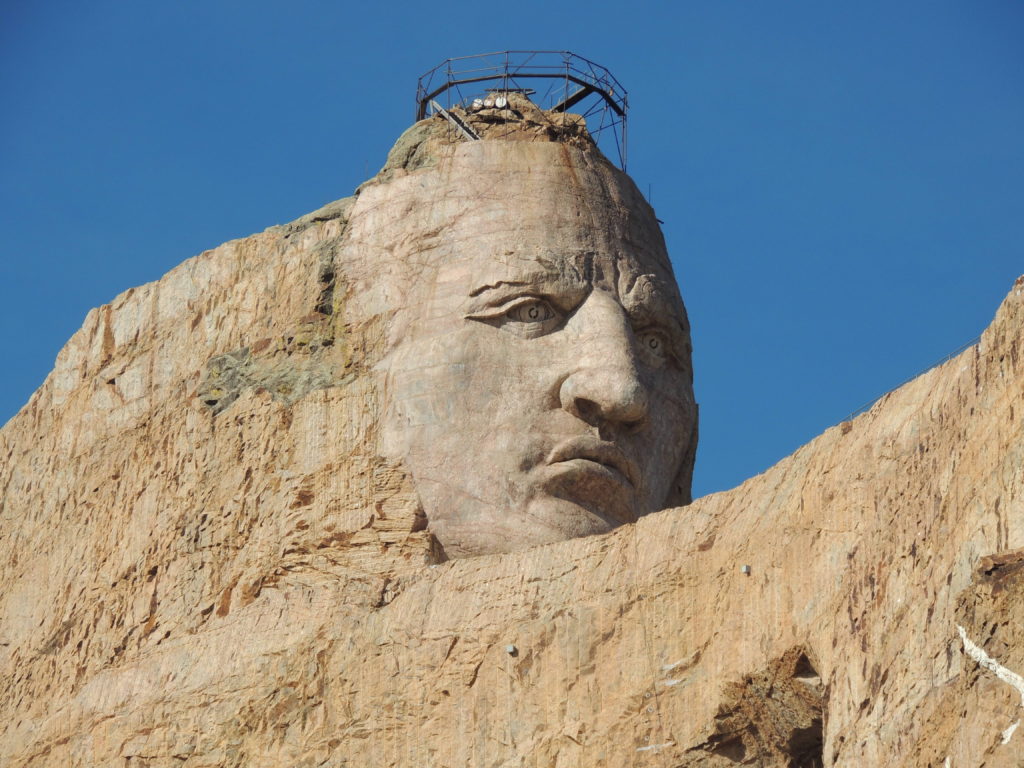
Crazy Horse was an Oglala Sioux Indian chief who fought against removal to a reservation in the Black Hills. He was famous for his extreme bravery, quiet humility, and strong dedication.
The finished sculpture will depict Crazy Horse riding a horse and pointing to his tribal land. Crazy Horse is the world’s largest mountain carving. It is The Eighth Wonder of the World in progress.
Why Is It Taking So Long?
For one thing, the harsh weather of South Dakota and the iron-heavy rock of the mountain that is becoming the monument have made construction technically challenging. For another, the Crazy Horse Memorial Foundation is a non-profit that’s funded by admission fees and donations.
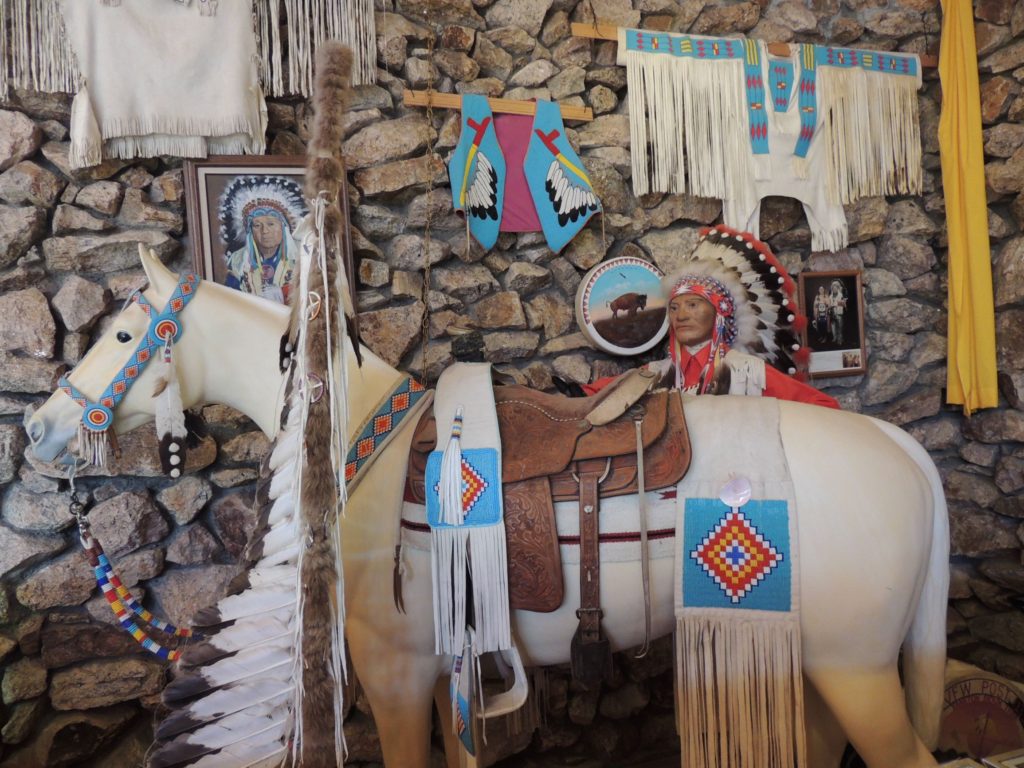
Mt. Rushmore
After the Crazy Horse Memorial, we continued to Mount Rushmore where we spent time with the epic figures of Washington, Jefferson, Roosevelt, and Lincoln. We strolled along the Presidential Trail which offered the closest view of this iconic sculpture.
Mount Rushmore National Memorial is a massive sculpture on Mount Rushmore in the Black Hills region of South Dakota. Completed in 1941 under the direction of Gutzon Borglum and his son Lincoln, the sculpture’s roughly 60-ft.-high granite depicts the faces of four U.S. presidents
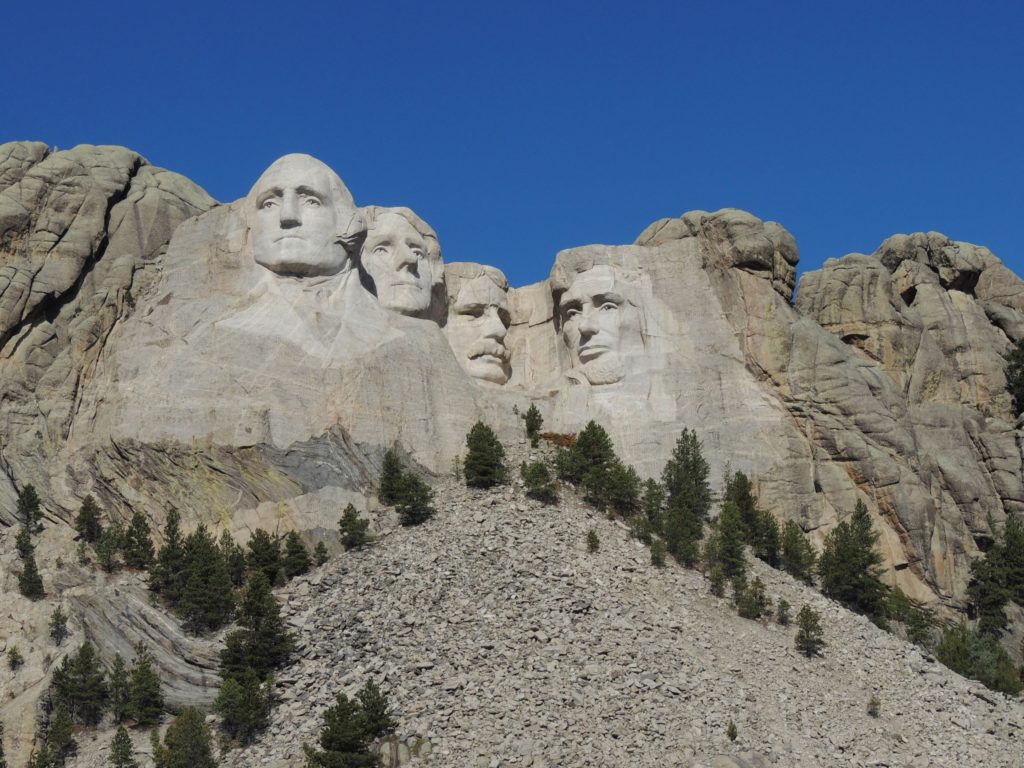
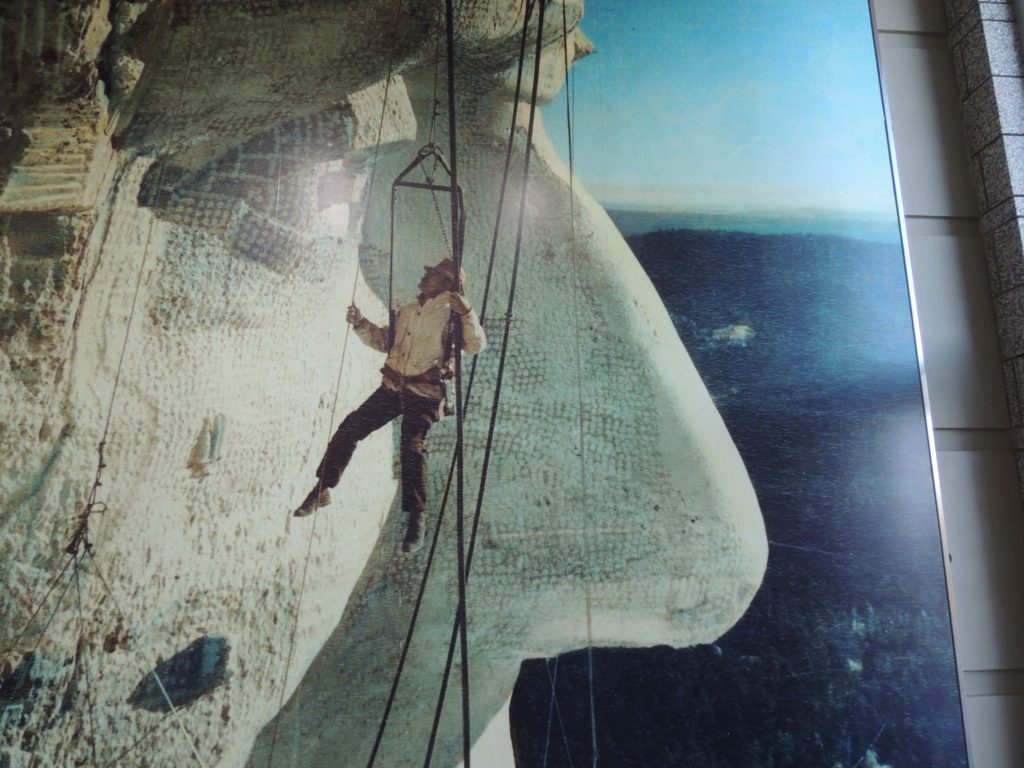
Avenue of Flags
The Avenue of Flags was initially established as part of the celebration of the United States Bicentennial in 1976 at a visitor’s request. The 56 flags represent the 50 states, one district, three territories, and two commonwealths of the United States of America.
The flags fly in alphabetical order with the A’s on the walkway near the concession building and the W’s near the Visitor Center and Museum. The pillars directly below each flag list the names of each state, district, commonwealth or territory
That evening, we returned to Mount Rushmore for the nighttime lighting ceremony.
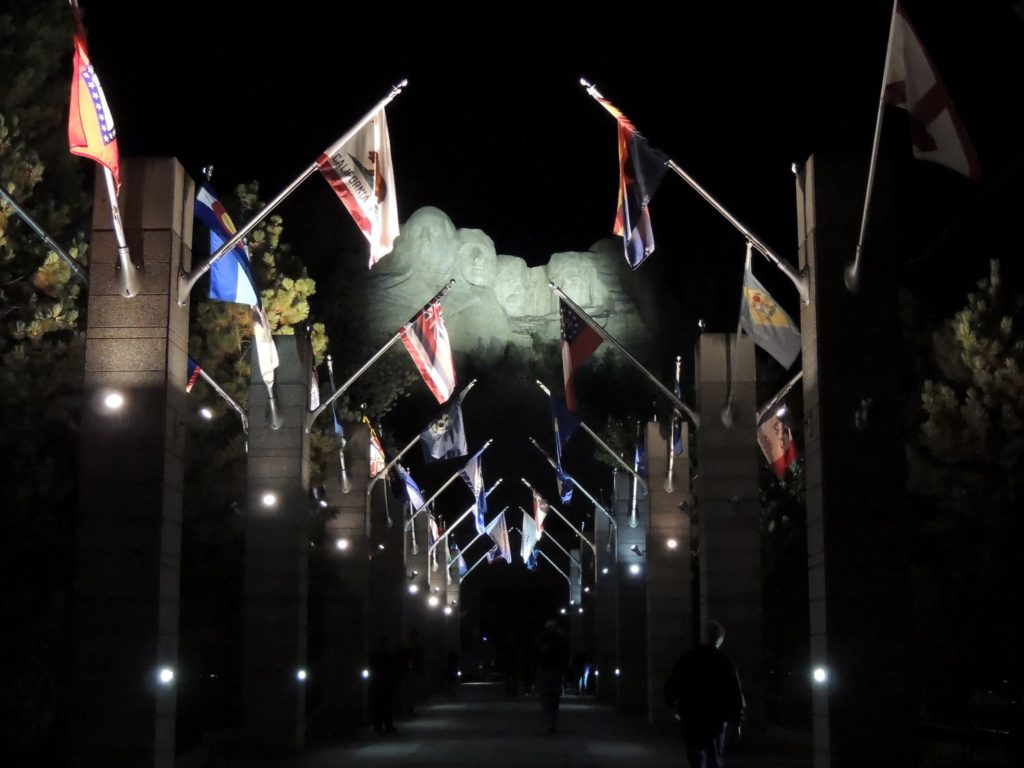
Landstrom’s Black Hill Gold Factory
Black Hills gold jewelry is a type of jewelry manufactured in the Black Hills of South Dakota. This gold jewelry depicts leaves, grape clusters and vines. It contains alloys of gold with standard yellow gold as well as green and pink gold.
We toured the factory, browsed the jewelry counters and viewed photos of the Miss Rodeo America winners along with her crown.
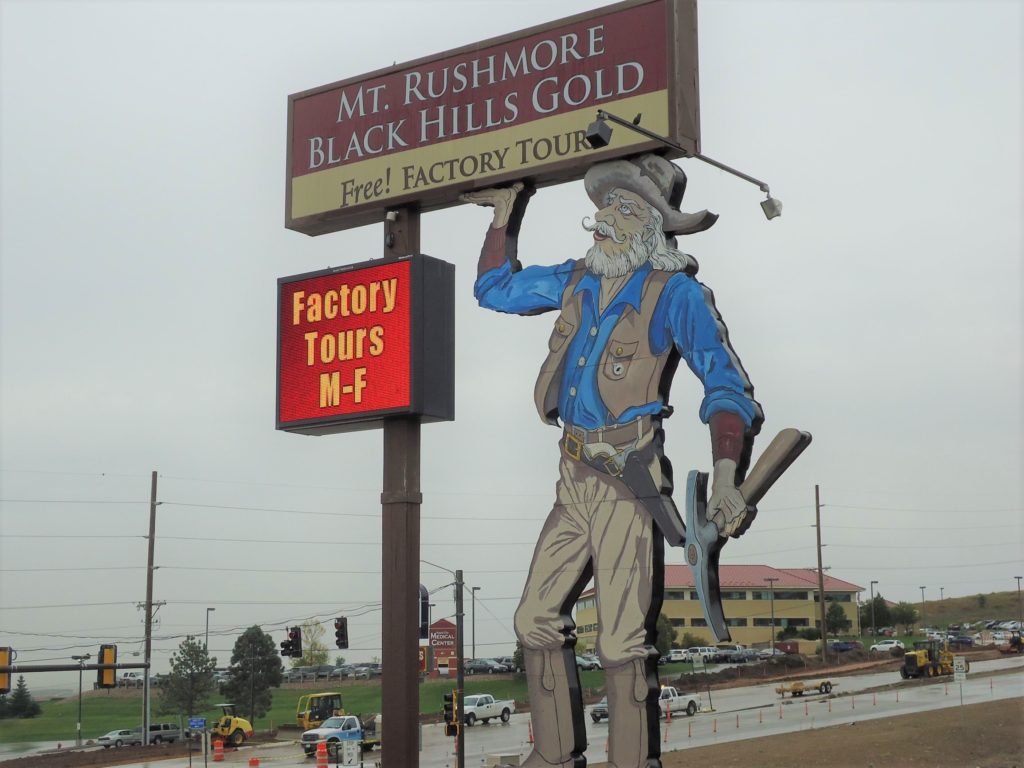
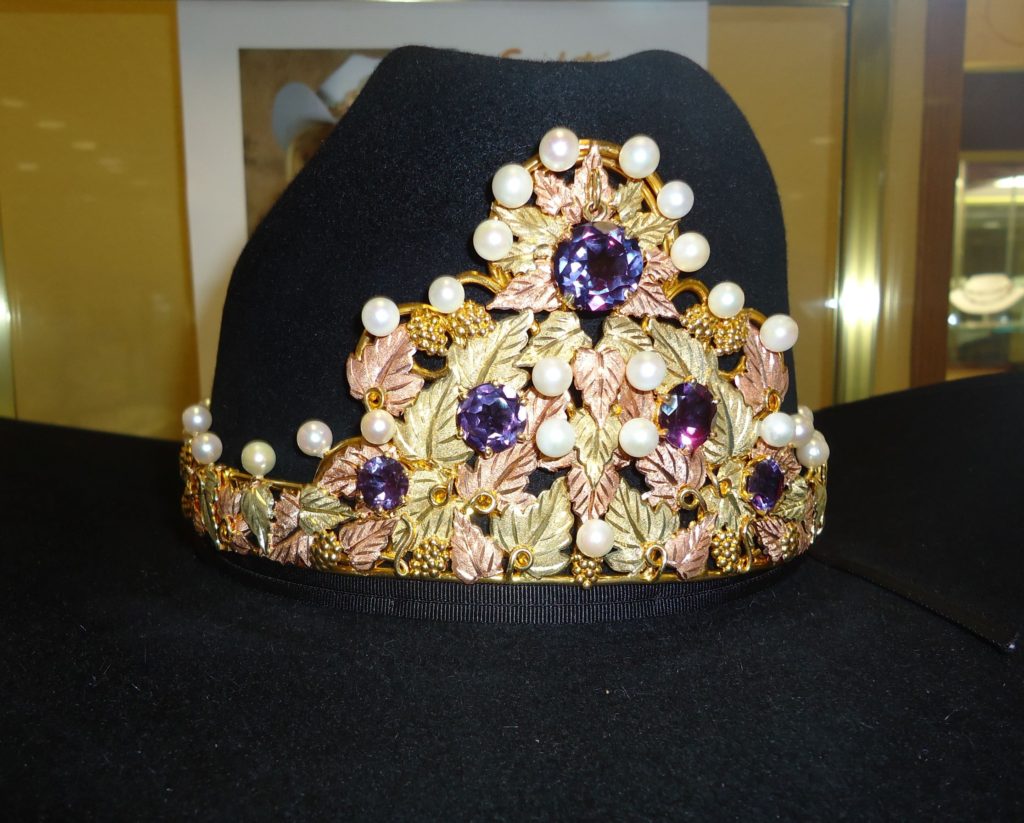
Miss Rodeo American’s Crown
Peter Norbeck Visitors’ Center
Peter Norbeck Visitor Center in Custer State Park features interpretive exhibits and displays that reveal much about the history of the area, from Black Hills geology to gold panning. This Visitor Center is the main location for the park’s educational programming efforts.
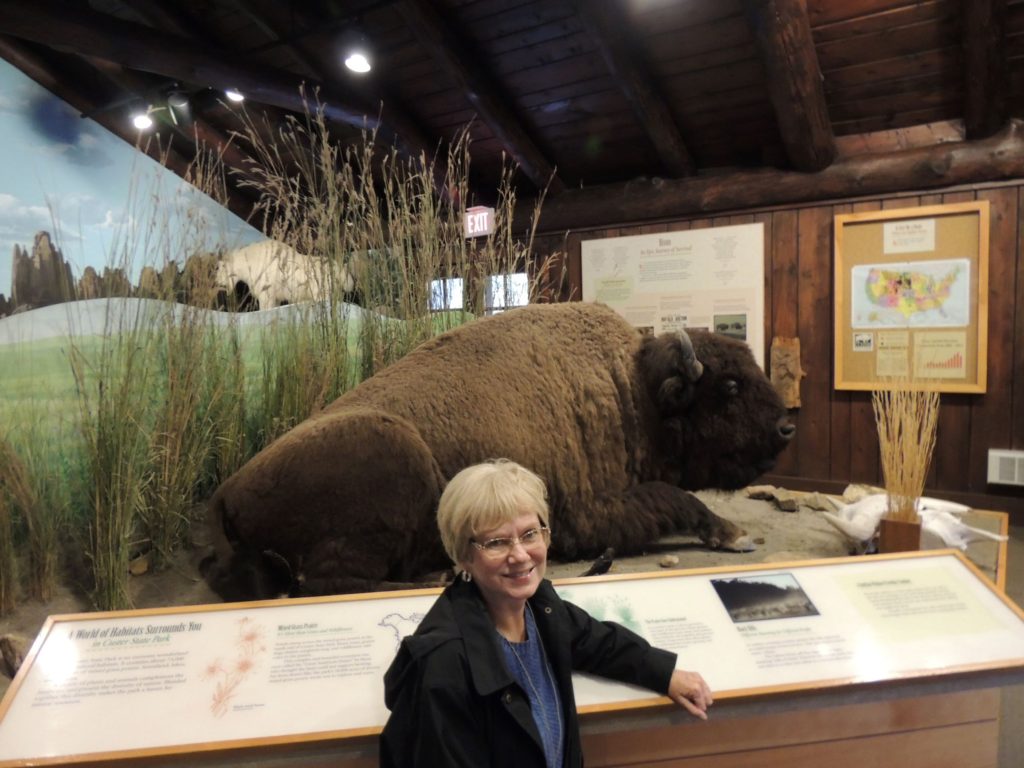
Ft. Hays Dances with Wolves Film Set
Filming of Dances With Wolves took place in South Dakota from July to November 1989.
The Fort Hays movie set from Dances with Wolves was relocated from its original filming site. It is located on the grounds of the Chuckwagon Supper & Music Variety Show in Rapid City.
Access to the set buildings and the adjacent South Dakota Movie Museum is free. While there, visitors can also grab a meal, catch a show or watch demonstrations at the many workshops, including a tin shop, sawmill, blacksmith store and rope shop.
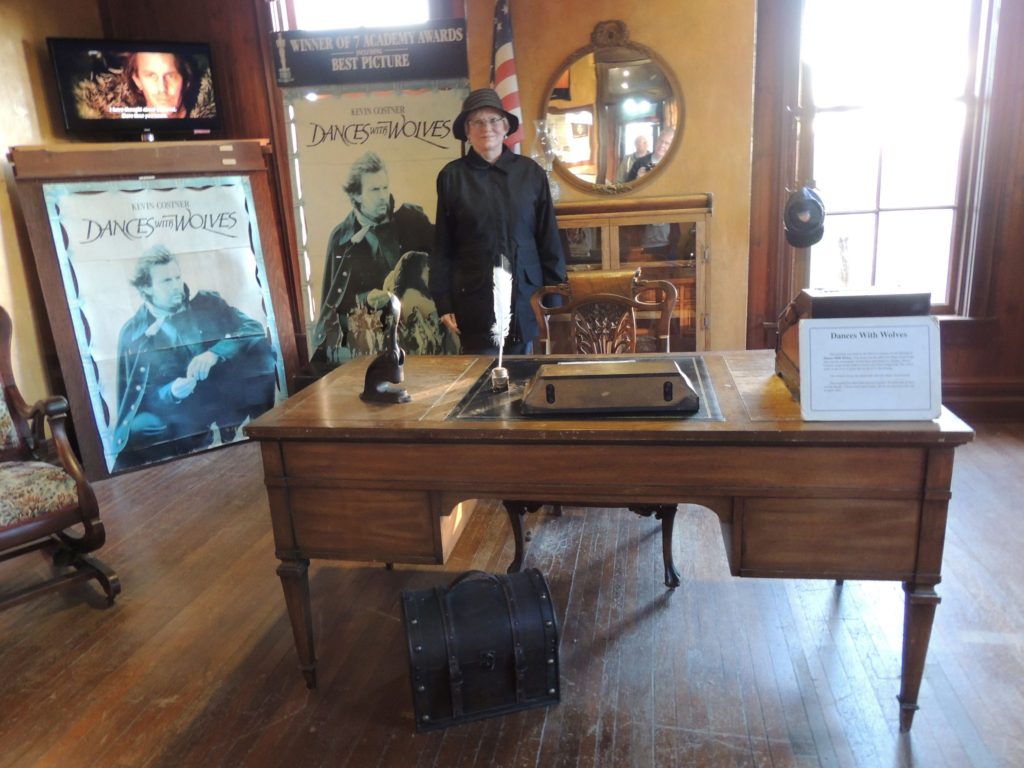
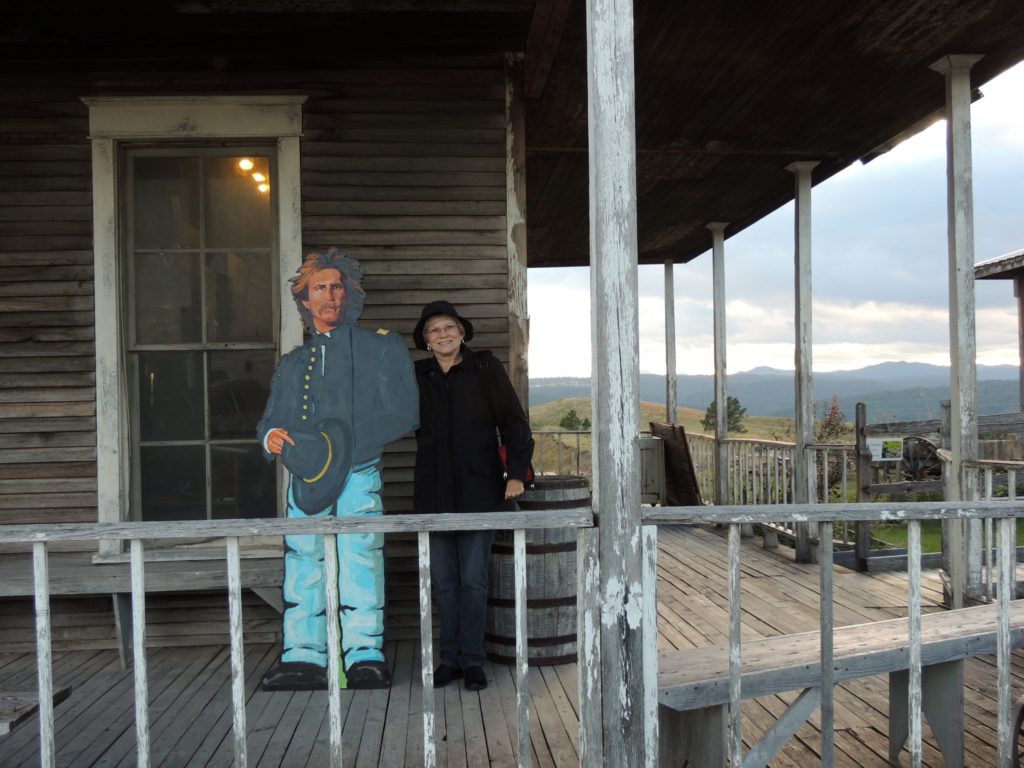
Me and Kevin Costner 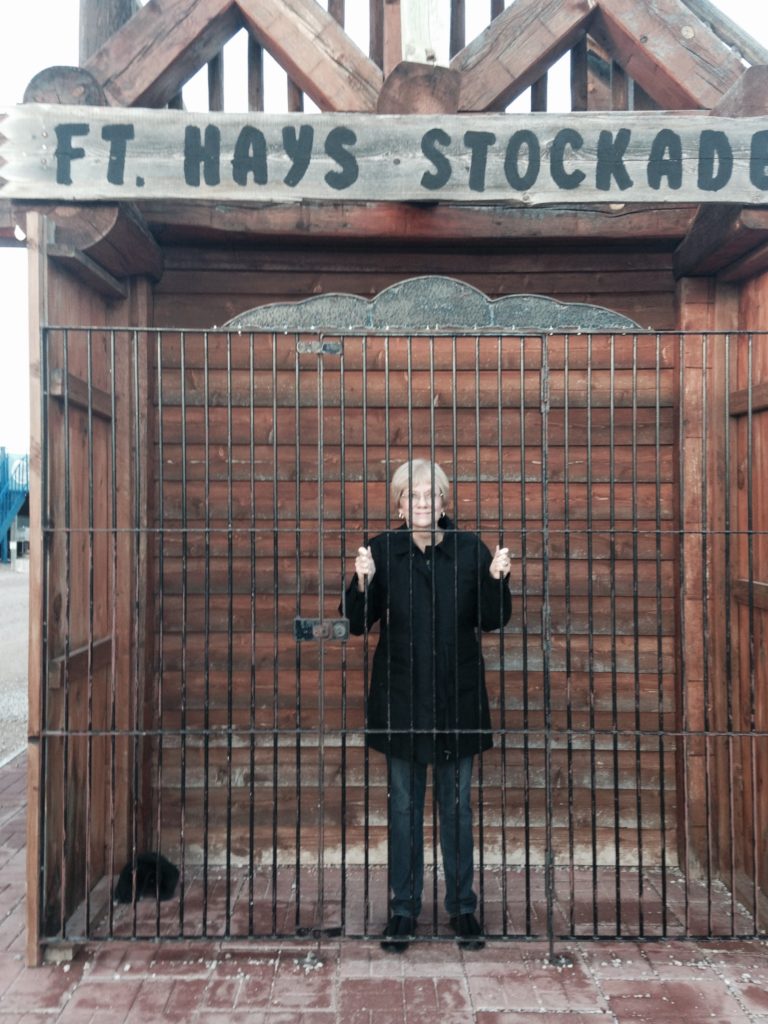
Jailed!
Chuckwagon Supper and Music Show
The Chuckwagon Supper & Branson-style Music Variety Show features a hearty chuckwagon menu and an entertaining family-friendly show

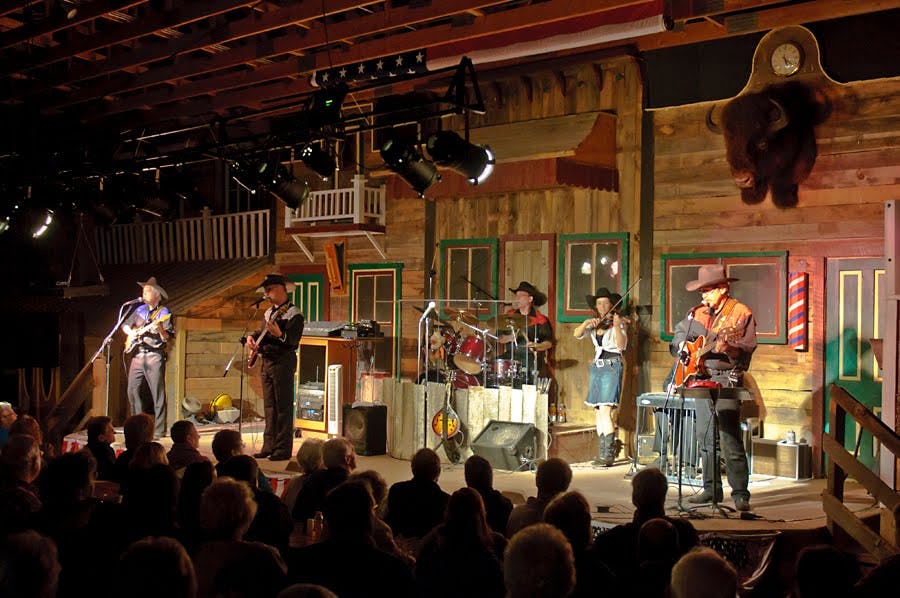
Black Hills Wild Horse Sanctuary, South Dakota
The Institute of Range and the American Mustang (IRAM) was created in 1987 as a nonprofit organization to provide a permanent private home for America’s unwanted wild horses. The Black Hills Wild Horse Sanctuary is the primary program of IRAM focused on the preservation of endangered wild horse bloodlines of the resident mustang bands. This includes the Spanish, Choctaw Indian, Curly and American Mustangs.
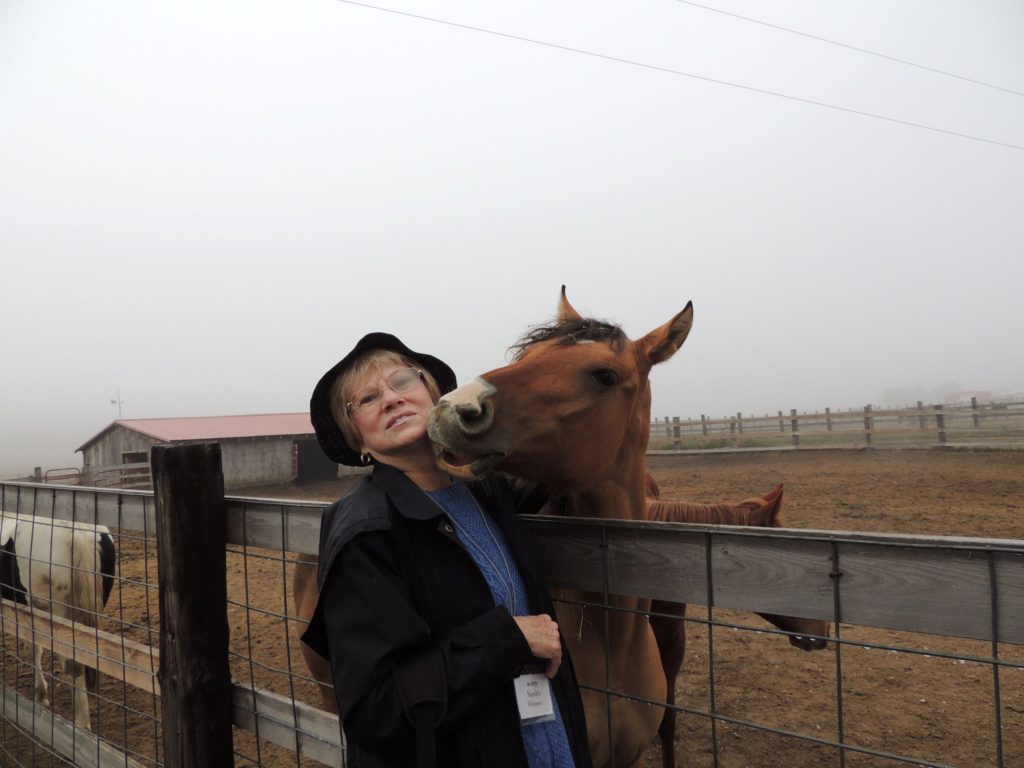
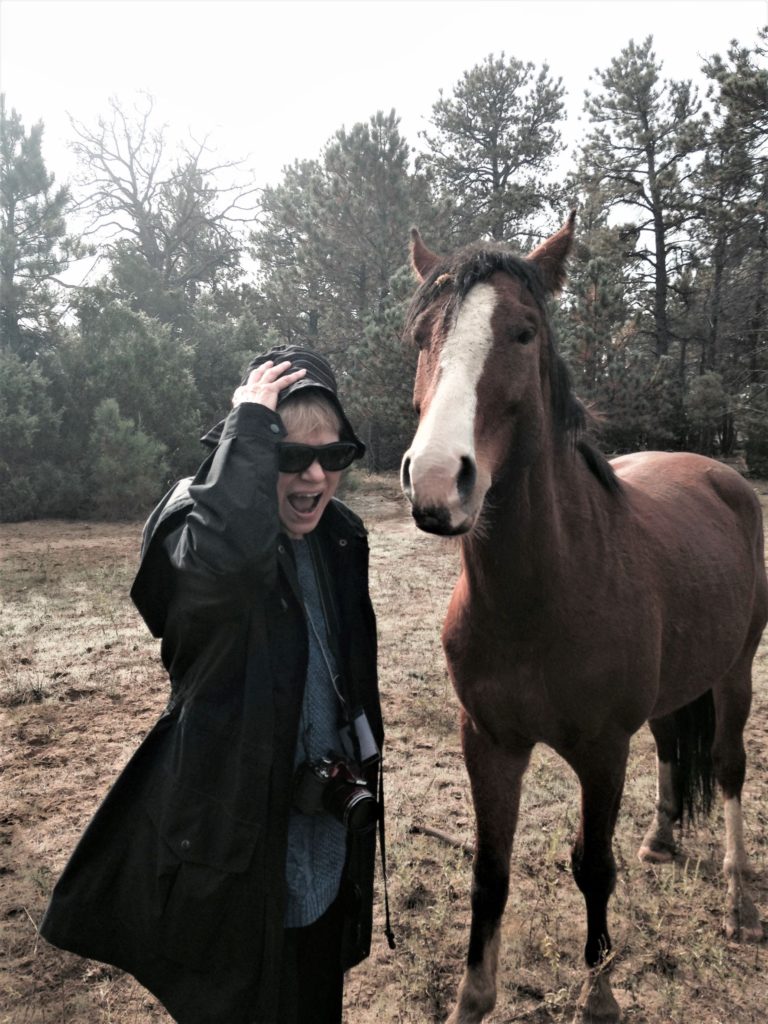
The Petroglyphs
A petroglyph is an image created by removing part of a rock surface by incising, picking, carving, or abrading, as a form of rock art.
Petroglyph National Monument protects one of the largest petroglyph sites in North America, featuring designs and symbols carved onto volcanic rocks by Native Americans and Spanish settlers 400 to 700 years ago. These images are a valuable record of cultural expression and hold profound spiritual significance for contemporary Native Americans and the descendants of the early Spanish settlers.
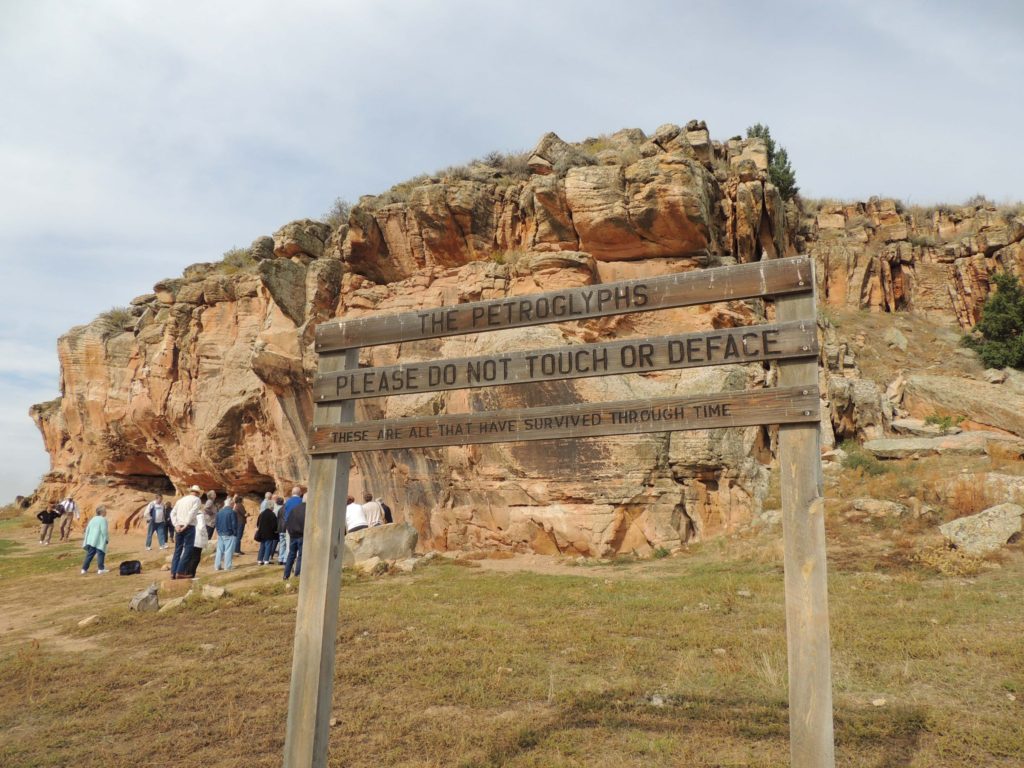
Ben Reifel Visitor Center at Badlands National Park
At the Ben Reifel Visitor Center, visitors to Badlands National Park get answers to their questions from rangers at the information desk. There, park staff distribute maps and other park materials, provide directions and local area orientation.
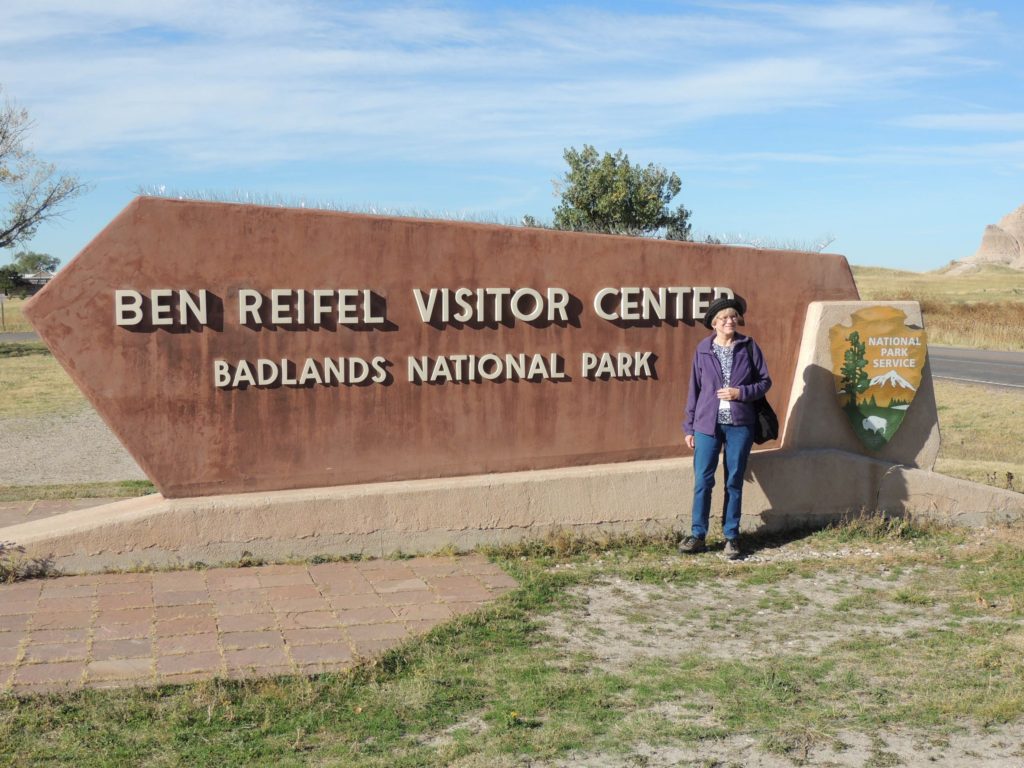
Badlands, South Dakota
Badlands are a type of dry terrain. Wind and water have extensively eroded the sedimentary rocks and clay-rich soils.
The visitor center offers informative exhibits, displays and video to introduce you to the area. The Badlands Loop Road is home to vibrant colors and rock formations created by mineral deposits.
These striking geologic deposits contain one of the world’s richest fossil beds. Ancient horses and rhinos once roamed here. The park’s 244,000 acres protect an expanse of mixed-grass prairie where bison, bighorn sheep, prairie dogs, and black-footed ferrets live today.
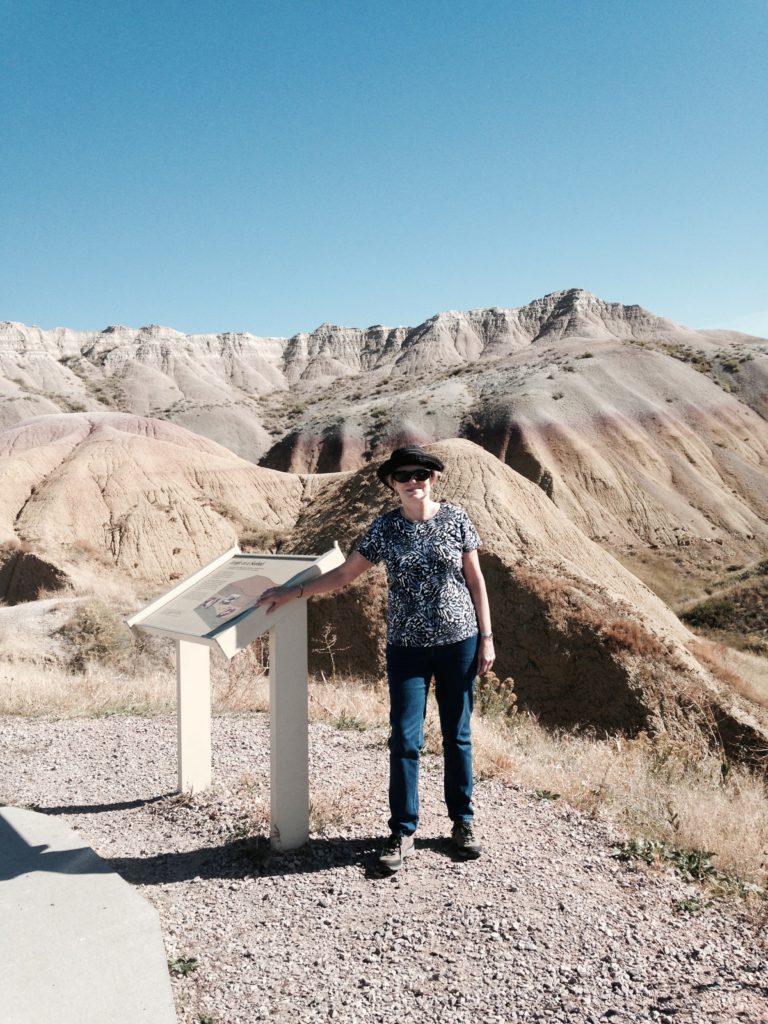
Bison
Bison, one of America’s national animals, are the largest mammals within Badlands National Park in South Dakota. These giant beasts, weighing anywhere between 900 and 2,000 pounds, are part of a fascinating ongoing wildlife conservation effort at the park.
There was once a time when bison roamed freely in huge numbers across the Great Plains. An estimated 30 million bison in the 1500s dwindled dramatically to less than 1,000 on the continent by the late 1800s. Conservation efforts in Badlands National Park began when 50 bison were reintroduced to the park during the 1960s, followed by an additional 20 bison in the 1980s. Today, the population has reached approximately 1,200 bison.
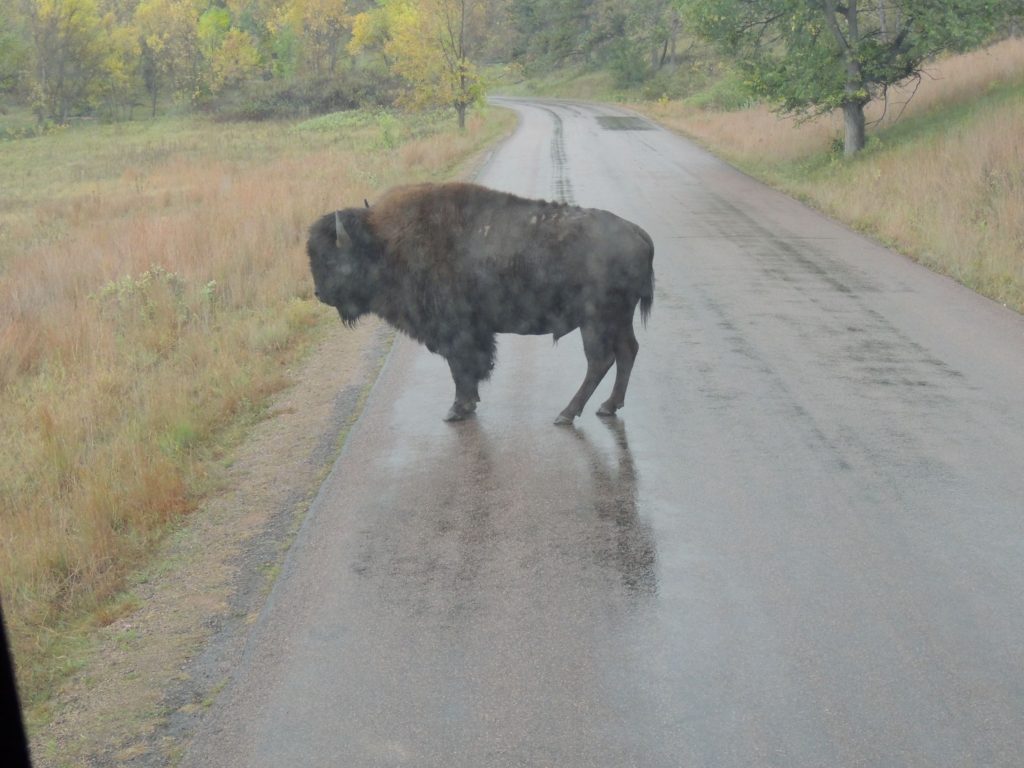
Rainy day bison as seen from window in back of bus 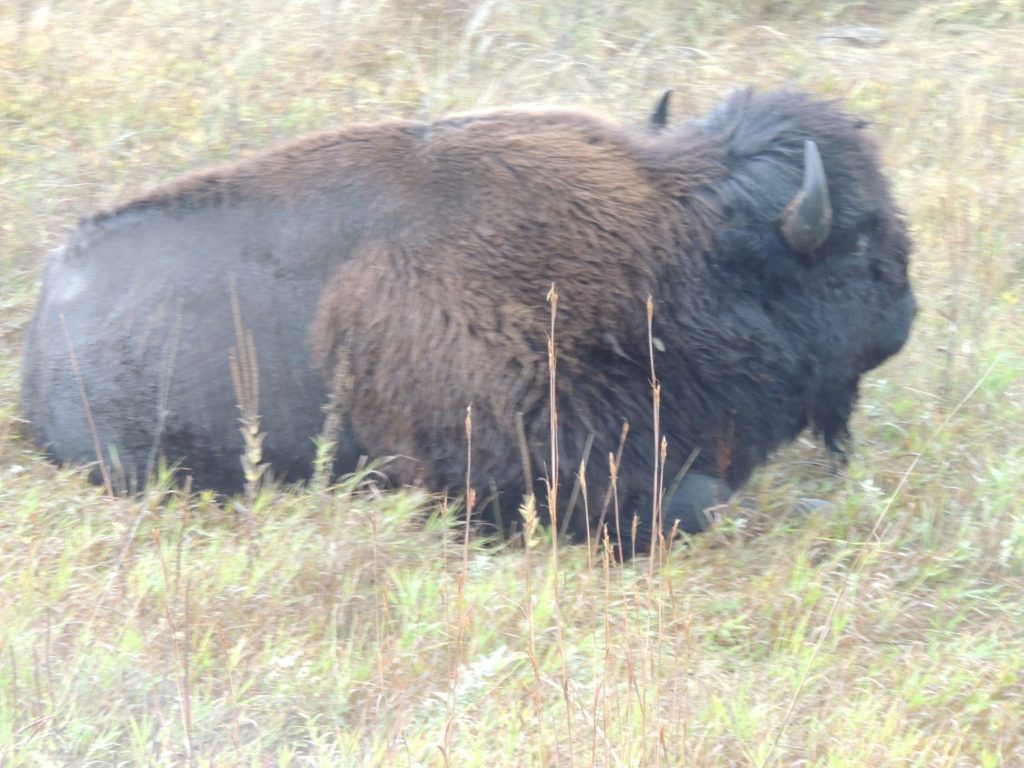
Bison on side of road
Buffalo or Bison?
Contrary to the song “Home on the Range,” buffalo do not roam in the American West. Instead, they are indigenous to South Asia (water buffalo) and Africa (Cape buffalo), while bison are found in North America and parts of Europe.
Wall Drug Store in Wall, South Dakota
Wall Drug Store, often called simply Wall Drug, is a roadside attraction and tourist stop located in the town of Wall, South Dakota, adjacent to Badlands National Park.
The legendary Wall Drug has barely changed since 1936. We browsed and had lunch with a 5-cent cup of coffee.
Wall Drug consists of a collection of cowboy-themed stores, including a drug store, gift shop, several restaurants, and various other stores, as well as an art gallery and an 80-foot brontosaurus sculpture.
The South Dakota Air and Space Museum
The South Dakota Air and Space Museum is part of the museum system of the National Museum of the U.S. Air Force. It is located in Box Elder, South Dakota, just outside the main gate of Ellsworth AFB. The South Dakota Air and Space Museum serves to educate and entertain the public

Deadwood, South Dakota
I think most of us have heard of Deadwood from watching Westerns. I was eager to visit in person. This was where gold, gambling, and gunpowder were once the order of the day. Today, it is a National Historic Landmark. It did feel as if we had stepped onto the set of an old-fashioned Western.
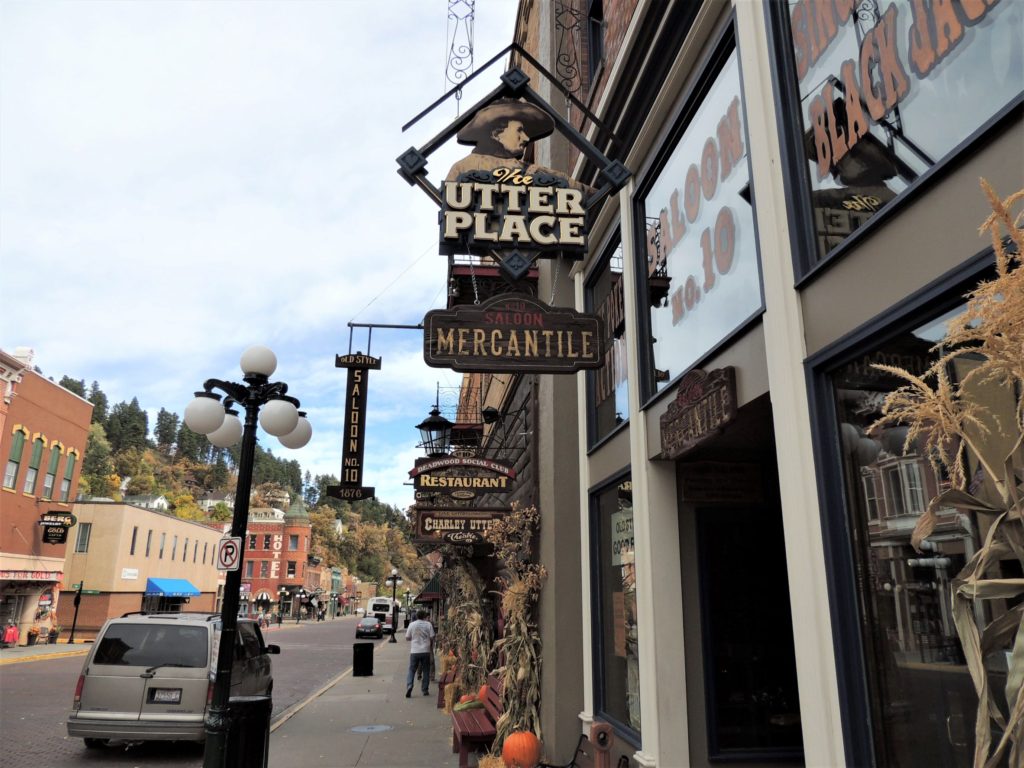
How did it get the name of Deadwood? It was named by early settlers after the dead trees found in its gulch.
The city had its heyday from 1876 to 1879. Gold deposits had been discovered there and this led to the Black Hills Gold Rush. At its height, the city had a population of 25,000. It attracted larger-than-life Old West figures including Wyatt Earp, Calamity Jane, and Wild Bill Hickok (who was killed there).
Sanford Lab Homestake Visitor Center
The Homestake Mine was a deep underground gold mine (8,000 feet) located in Lead, South Dakota. Until it closed in 2002 it was the largest and deepest gold mine in North America.
The Homestake Mine is famous in scientific circles because of the work of a deep underground laboratory that was set up there in the mid-1960s.
Next to an old gold mine, this modern museum & research lab offers scientific exhibits & tours. It is an underground research facility.
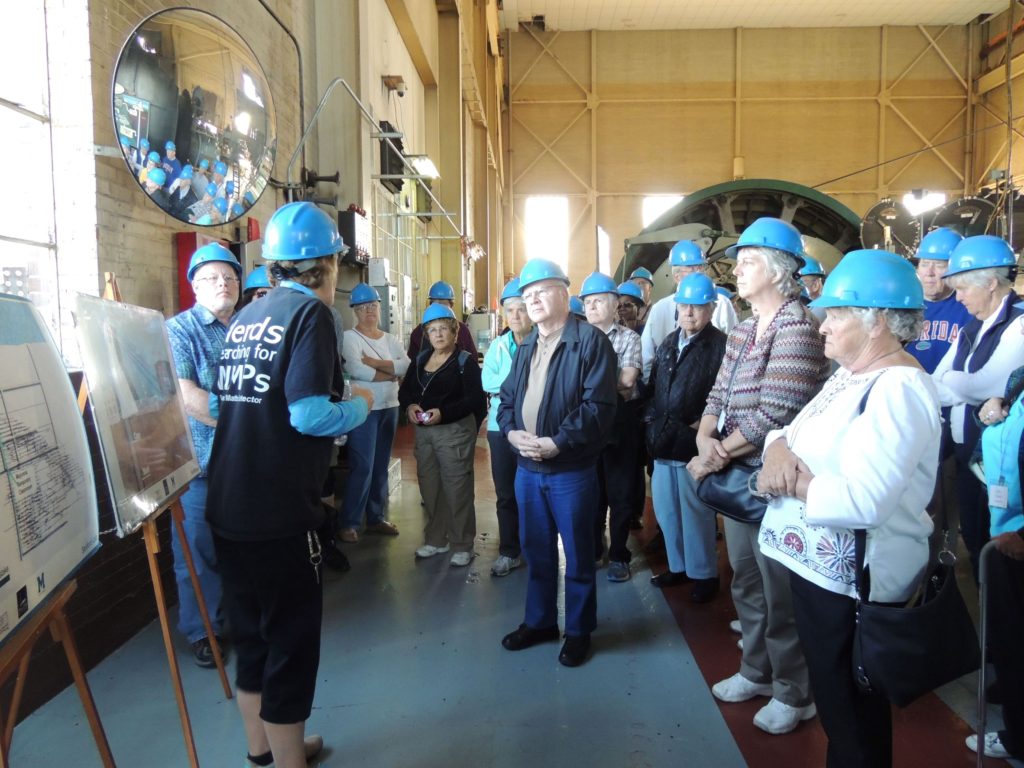
Historic photographs, videos, science and mining artifacts, and a 3-D model of the underground site help tell the fascinating stories about the Sanford Underground Research Facility (Sanford Lab), the city of Lead and the history of Homestake. We saw the 1,000-foot-deep Open Cut, an iconic landmark in the Black Hills, and the many varieties of rock that created this unique landscape. Admission is free.
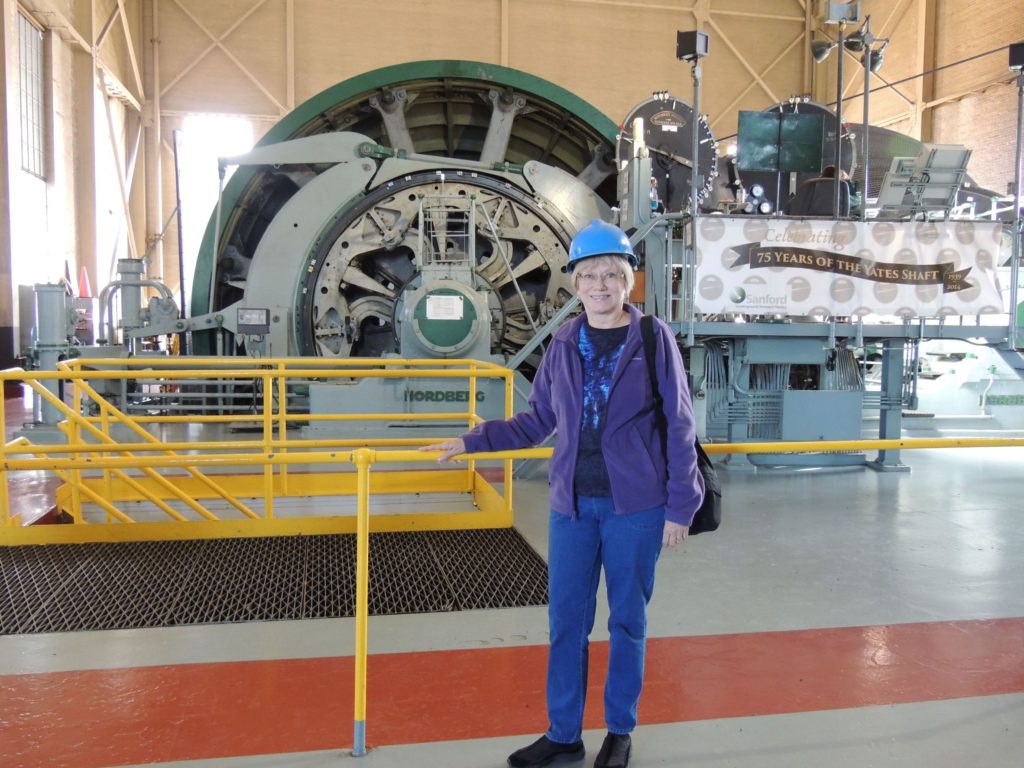
And Finally…
Are you convinced that South Dakota should be on your Bucket List? I hope so!
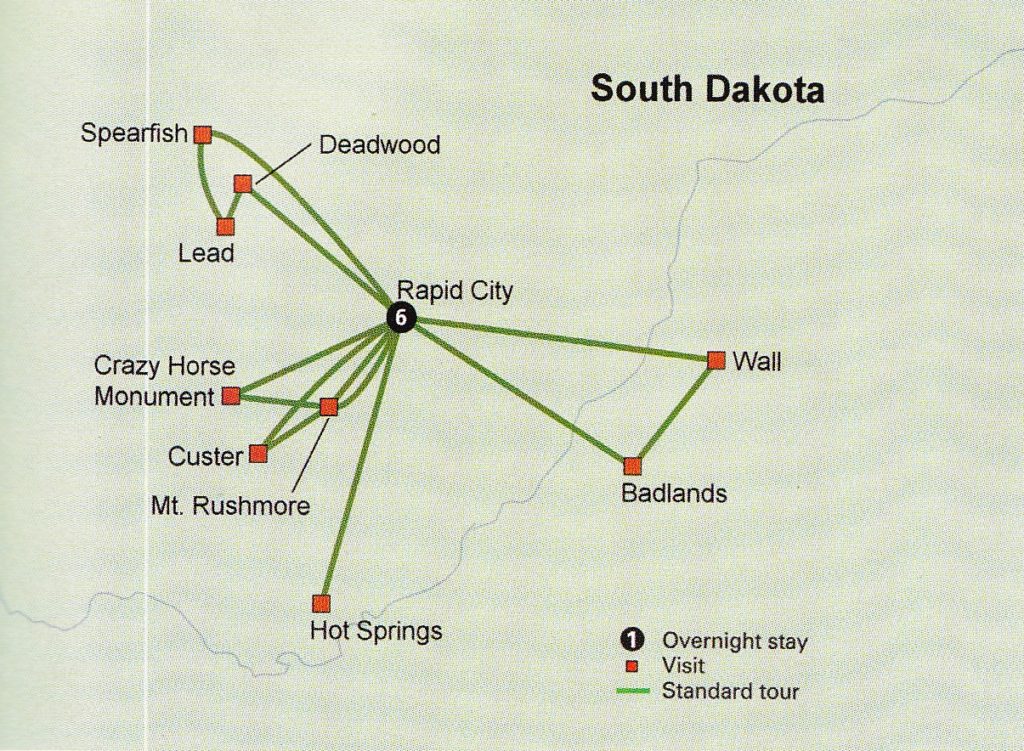
Be sure to check out my YouTube Channel at Sandy Over 70!
